Why are queer women afraid when seeking health care?
The producer of the documentary, 'Patient No More,' shares the backstory on her lived experience and research that made the dream a film reality.
Women’s access to health care has returned to the forefront of American politics over the last 10 years - but these health issues revolve around more than the longstanding abortion debate. For the last four years, a conservative president and Senate proposed legislation to codify and eliminate accessible, affordable health care coverage. These ongoing attacks against women's health were the impetus for my recent documentary film, Patient No More, which shares the stories of those who have spoken out at this pivotal moment in an effort to lay bare the healthcare disparities that exist for queer women in Minnesota.
Queer women are not statistically “safe,” but there are medical spaces that have been crafted so that they can be treated with the same dignity as any other patient. The film engages with providers who are making innovative change directly in our communities and with patients who are willing to challenge their insufficient care to create local medical environments filled with integrity and respect.
"The fight for Marriage Equality...will always be a milestone moment of my lifetime and directly tied to this film."

Looking back, I wonder if marriage equality will be portrayed as a historical milestone that kickstarted a revolution. Either way, for me it will always be a milestone moment of my lifetime, one that is directly tied to my film. I started thinking about Patient No More in 2015, but it would be another year before I did any active dreaming around what the film could be. The Supreme Court had just defended marriage equality and guaranteed LGBTQ+ persons the right to marry in the United States. I had graduated from college a year earlier and recently started at working Twin Cities PBS (TPT). It was a time of tremendous change - but in times of change, you often hold onto your roots. Mine happened to be a dedication to health care and storytelling.
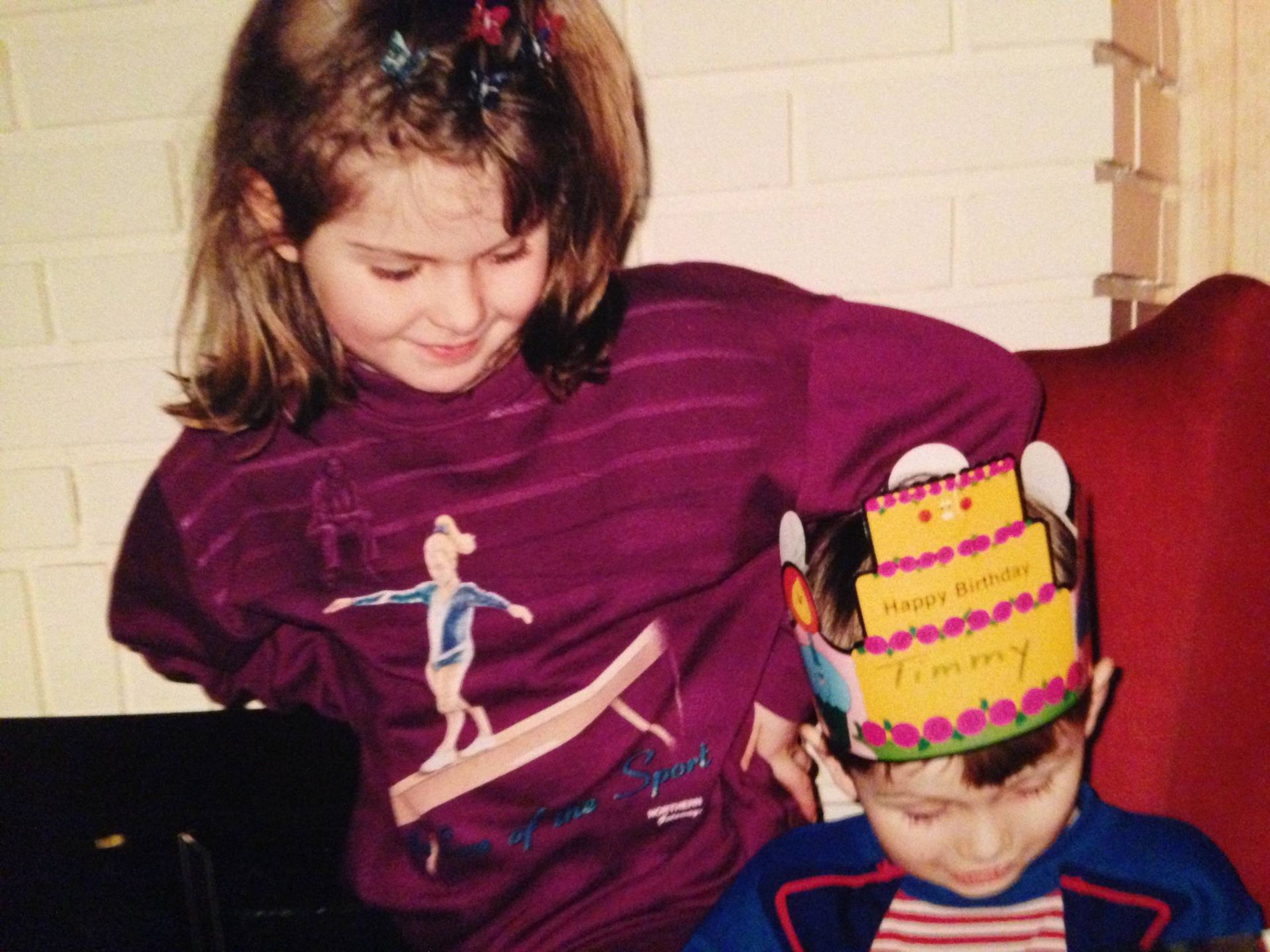
I grew up in rural Pennsylvania in a town of 6,000 people during the '90s and '00s. To my knowledge, I knew no out LGBTQ+ adults while growing up, though I knew a handful of gay boys in high school. We had a grand total of 2.5 out lesbians by the time I graduated. It was not a place to discover yourself. But it was a tight-knit community that was fiercely devoted to its youth. I was lucky enough to have people who supported my interest in medicine, health care and its connections to community from the beginning. They helped me volunteer at the hospital, get into a pre-med summer program in Pittsburgh and provided scholarships for my out-of-state college tuition.
In 2010, I entered college as a pre-med student; in 2014, I graduated with a degree in Cinema and Media Studies. While that may appear to be a 180-degree pivot, I had volunteered at the bilingual clinic during my freshman year, and spent junior and senior years working as a campus organizer for NARAL Pro-Choice Minnesota. In the end, I should have paid closer attention to the genesis for my medical interests: Grey's Anatomy and ER. These TV shows strongly influenced the way I thought about health care: Patients weren't just diseases and injuries to be treated; they had stories, and those stories influenced their healthcare needs. And stories could be told through film.
"Patients weren't just diseases and injuries to be treated; they had stories, and those stories influenced their healthcare needs."
I officially came out at the end of my freshman year of college - but as any LGBTQ+ person will tell you, you never really stop coming out. Life is just a never-ending escalator of announcing that you're queer. That said, coming out in rural America was nerve-wracking. But coming out to my doctor presented a whole new level of anxiety. I remain eternally grateful that Dr. M was one of the first people to affirm my identities. For her, it may have just been another appointment - but for me, it was transformational.
Five years later, I had to do it all over again to establish care with a new provider in Minneapolis. You have to remember that, in 2015, you could still be fired for being queer in many states across the country, and doctors weren't legally required to be affirming. The Affordable Care Act was still routinely under attack by the GOP. Between 2010 and 2017, the Republicans tried to "repeal, modify or curb" Obamacare 70 times, according to Newsweek. If I was nervous before, that sure didn't help. One of my interviewees, Jacki Trelawney of Family Tree Clinic, put it simply: "Jane Doe has more healthcare rights when they walk into a clinic than an LGBTQ+ person." As a result, I didn't see a doctor unless it was absolutely necessary for three years. Over time, I brought my hesitations and nervousness up with my LGBTQ+ friends, and they had similar reservations. I started to ask why no one seemed to be hearing these conversations outside of personal exchanges.
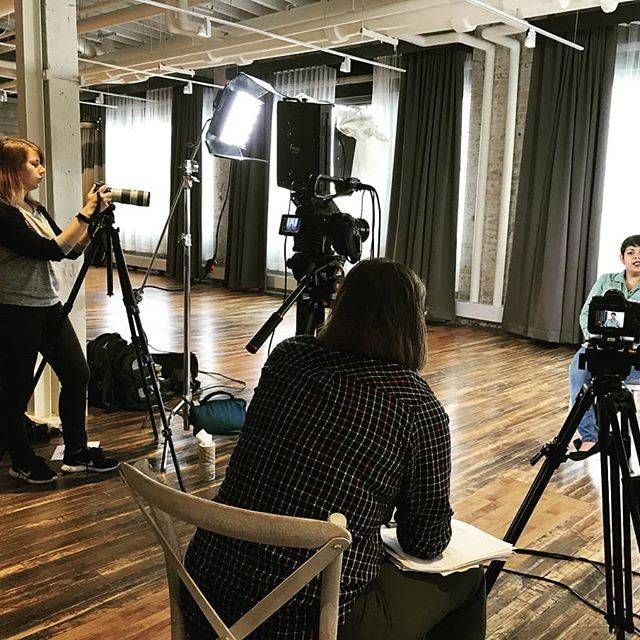
As I was informally collecting these stories, I was also pitching a miniseries about the history of women's health care that featured one episode on queer women's health care. I loved stories fiercely, but to date had always stayed behind the camera. After what must have felt like the zillionth time mentioning the idea for this film, a friend finally said, "Why don't YOU make it?" I was floored. I'd never really considered it. It was a game-changer for someone to encourage me to direct instead of to help create someone else's vision. The miniseries never got funded, but I started doing proper research for what would become Patient No More. I was equally unsurprised and outraged by what I found.
Until the 1980s, Western medical journals endorsed “hysteria” as a diagnosis for any number of illnesses, including infections, cancers, endometriosis, rib displacement from corsets, domestic violence and post-partum depression.
Historically, the medical field has been abysmal to women in almost every setting. Women have an understandably tepid relationship with the medical community. For centuries women and girls were relegated to mental institutions, treated with antidepressants instead of pain medication, or used as experiment subjects for various disorders, viruses and surgeries. Until the 1980s, Western medical journals endorsed “hysteria” as a diagnosis for any number of illnesses, including infections, cancers, endometriosis, rib displacement from corsets, domestic violence and postpartum depression.
Since 2014, The New York Times, The Atlantic, The Wall Street Journal and Ms. Magazine have been uncovering an even bigger problem in women’s health: a consistent disregard for female pain. These publications conclude that, in the United States, we suffer from an implicit bias that could compromise the health care of more than half the nation’s population. Academic research done by Stanford, Harvard, Georgetown, the Journal of Pain and the National Institutes of Health support these claims. In summary, women’s complaints of pain are not taken as seriously as those of men, routinely to detrimental effect – misdiagnosis, mistreatment and sometimes even causing death.
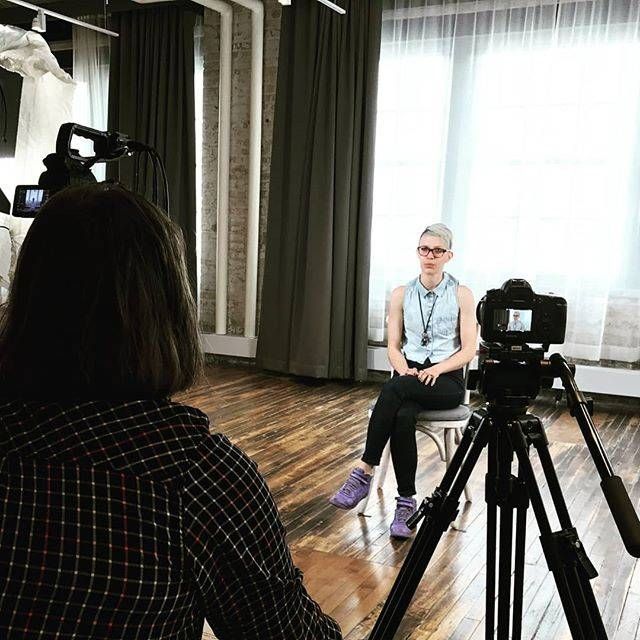
Independent of a bias against female pain, LGBTQ+ persons are not statistically safe. Members of the queer community are two- to three-times more likely to attempt suicide (USDHHS, 2012). Nearly 50% of transgendered persons and bisexual women report experiences of assault or violence (HRC). Added to the issue, 40% of homeless youth identify as LGBTQ+ (Williams Institute), and they are significantly more likely to engage in substance abuse (CDC, 2013).
Historically, many of those non-conforming women and women of color have been used for experiments, committed to insane asylums, deprived of medical agency, misdiagnosed and mistreated in Western medicine. The last 50 years have drastically changed this, but there remain longterm side effects to such a long-festering malignancy - side effects that routinely appear in the care of queer women, whether lesbian, bisexual, genderqueer, trans, intersex, asexual or other identities.
The last 50 years have drastically changed this, but there remain longterm side effects to such a long-festering malignancy - side effects that routinely appear in the care of queer women.
So, if our interpretation of queer female health care stems from an institution that generalized and mis-categorized heterosexual female pain so routinely and egregiously, then what complications come from lifetimes of medical silencing, minimized pain, misdiagnosis, and incorrect assumptions about queer women’s health and treatment? From there, we must consider how queer and straight women’s health care differs. For instance, what medical research is being used by our contemporaries when caring for queer patients? How do insurance companies penalize those who do not fit into their pre-determined boxes? How do medical records systems support or hinder the care of trans and gender-nonconforming patients? And most importantly, how have we, do we, and will we teach LGBTQ+ identified women of all ages to advocate for themselves and their care?
The research is unnerving, and it's no wonder that LGBTQ+ women fear showing up as their whole selves in a medical environment when mere slivers of their identities and/or pain have always been manipulated, distorted or outright ignored.
The enormity of the systemic issues and historical injustices unearthed during the research phase directly informed our production values. It made it clear that the film would need to represent a wide range of queer women's voices as patient and expert, as they had been left out of conversations about their own bodies. It made it clear that the film needed to stick to a local conversation before broaching a national one. It made it clear that LGBTQ+ crew were critical to keeping the project centered on queer experiences.
With these values in mind, I started talking to friends, who introduced me to movers and shakers in the local queer community and healthcare communities. Soon, I was chatting with Family Tree Clinic, Smitten Kitten, Park Nicollet, Hennepin Healthcare, JustUs Health and so on. There was plenty of interest and excitement about sharing our stories, as well as educating the broader public about the barriers that preventing changes to LGBTQ+ health care. Once we received funding from the Minnesota State Arts Board in 2018, we started production. The rest, as they say, is history.
"I still genuinely believe in the transformative power of the medical community, but most especially what it can be instead of what it currently is."
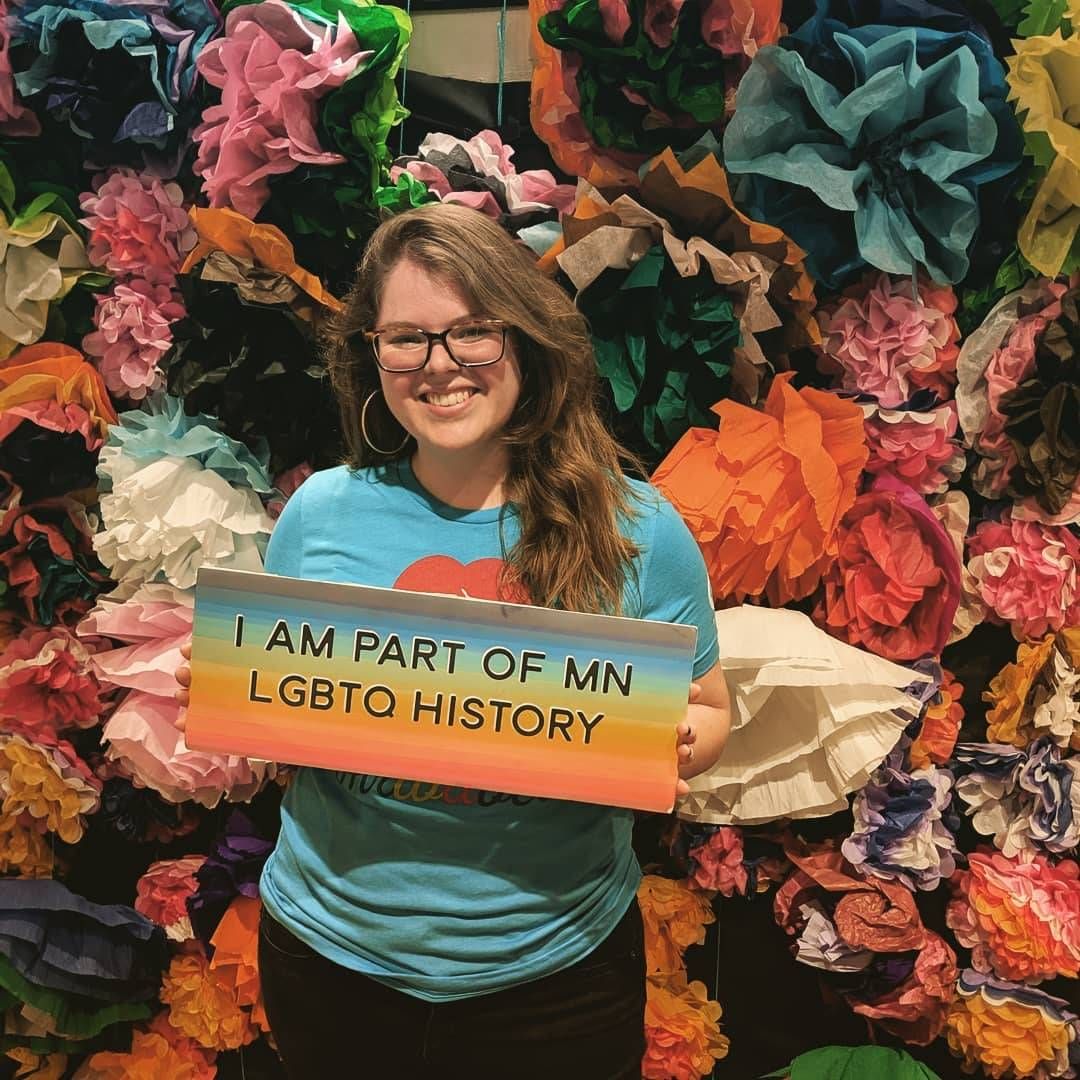
This topic was near and dear to my heart after so many years straddling the line between health care and storytelling across my own coming-out process. Despite all of the terrible research I found, I must say that I still genuinely believe in the transformative power of the medical community, but most especially what it can be instead of what it currently is.
Since its inception in 2015, Patient No More has done so much more than I ever expected. To date, more than 500 people have seen the film and shared how, "I felt so seen," or "That's my story," or "I've never seen a film about me where I wasn't the problem - the system was." One provider even told me that, "I feel like I can start doing something different in my practice tomorrow." As a result, I have hope that these timely and enduring voices will continue to spark transformational change in our communities. Ultimately, I hope that Patient No More is about generosity, safety, belonging and bearing witness, no matter your orientation. I hope it invites audiences to acknowledge our world’s weaknesses and honor our community’s strengths in order to innovate a better future. I hope it works to ensure that no queer kid ever feels scared to seek medical care ever again.
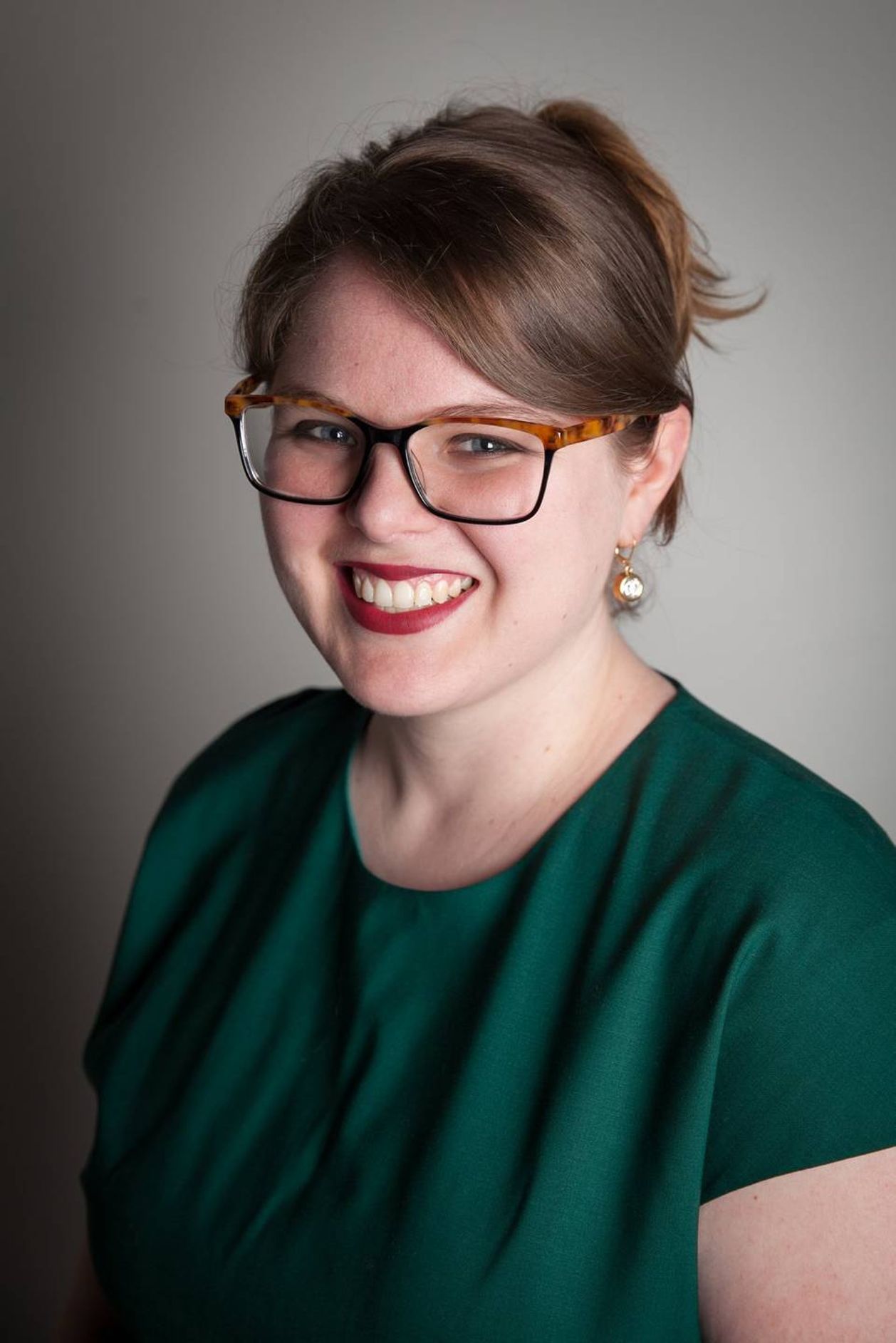
As Minnesotans looks for ways to show their support for healthcare workers on the front lines of the COVID-19 pandemic, we took a look back in time to celebrate the contributions that four women – all named Ruth – made to the state’s public health system.
Despite the 50th anniversary of the landmark Stonewall Riots in 2019, many current-day LGBTQ+ community members don’t know much about queer history because it’s been systematically erased. Take a look back at the events that unfolded in Greenwich Village in June 1969 and their ripple effects on the modern moment.
Watch Out North: MNLGBTQ History, our 2-hour documentary on the history of the pioneers and the places that figured prominently in Minnesota’s own quest for LGBTQ+ civil rights.
Step inside Minneapolis’ Amazon Bookstore, one of the first lesbian/feminist books shops in the nation, which opened its doors in 1970 and closed in 2012.
